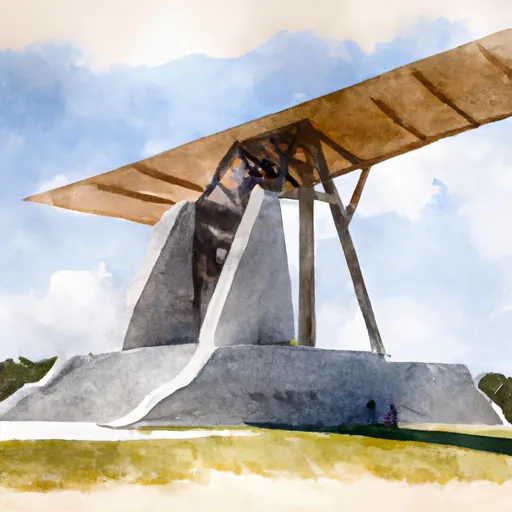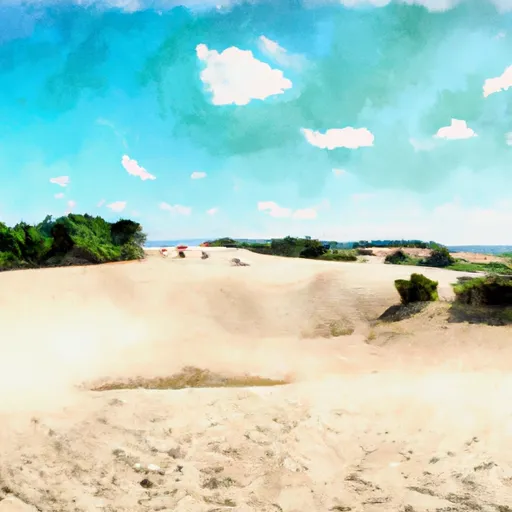Run Hill State Natural Area
Rate this placeLast Updated: January 2, 2026
Run Hill State Natural Area is a pristine natural gem located in the state of North Carolina.
°F
°F
mph
Wind
%
Humidity
Summary
The area offers an abundance of reasons to visit, including its breathtaking landscapes, diverse wildlife, and rich ecological significance.
One notable point of interest in Run Hill State Natural Area is the ancient Run Hill, a prominent geological formation that has captured the curiosity of visitors and scientists alike. This unique hill is composed of metamorphic rocks, providing valuable insights into the region's geological history. It serves as a natural landmark and offers stunning panoramic views of the surrounding area.
Apart from Run Hill, the natural area boasts a variety of ecosystems, including lush forests, meandering creeks, and vibrant wildflower meadows. These habitats provide a haven for numerous wildlife species, including deer, foxes, birds, and amphibians, making it an excellent destination for wildlife enthusiasts and nature photographers.
Interesting facts about Run Hill State Natural Area include its designation as a registered Natural Heritage Area, which safeguards its ecological integrity and ensures its preservation for future generations. Additionally, the area is home to several endangered species, such as the Carolina northern flying squirrel and the northern saw-whet owl, further emphasizing its ecological significance.
The best time of year to visit Run Hill State Natural Area is during the spring and fall seasons when the weather is mild, and the landscapes come to life with vibrant colors. Spring showcases the blooming wildflowers and the arrival of migratory birds, while fall offers a picturesque display of foliage as the leaves change color. However, each season brings its own unique charm, so visitors can enjoy the natural area's beauty year-round.
To ensure accuracy, it is recommended to verify information about Run Hill State Natural Area from multiple independent sources, such as official state park websites, nature conservation organizations, and reputable travel guides.
Weather Forecast
Park & Land Designation Reference
Large protected natural areas managed by the federal government to preserve significant landscapes, ecosystems, and cultural resources; recreation is allowed but conservation is the priority.
State Park
Public natural or recreational areas managed by a state government, typically smaller than national parks and focused on regional natural features, recreation, and education.
Local Park
Community-level parks managed by cities or counties, emphasizing recreation, playgrounds, sports, and green space close to populated areas.
Wilderness Area
The highest level of land protection in the U.S.; designated areas where nature is left essentially untouched, with no roads, structures, or motorized access permitted.
National Recreation Area
Areas set aside primarily for outdoor recreation (boating, hiking, fishing), often around reservoirs, rivers, or scenic landscapes; may allow more development.
National Conservation Area (BLM)
BLM-managed areas with special ecological, cultural, or scientific value; more protection than typical BLM land but less strict than Wilderness Areas.
State Forest
State-managed forests focused on habitat, watershed, recreation, and sustainable timber harvest.
National Forest
Federally managed lands focused on multiple use—recreation, wildlife habitat, watershed protection, and resource extraction (like timber)—unlike the stricter protections of national parks.
Wilderness
A protected area set aside to conserve specific resources—such as wildlife, habitats, or scientific features—with regulations varying widely depending on the managing agency and purpose.
Bureau of Land Management (BLM) Land
Vast federal lands managed for mixed use—recreation, grazing, mining, conservation—with fewer restrictions than national parks or forests.
Related References

 Wright Brothers National Memorial
Wright Brothers National Memorial
 Jockeys Ridge State Park
Jockeys Ridge State Park
 Fort Raleigh National Historic Site
Fort Raleigh National Historic Site
 Kitty Hawk Woods Preserve
Kitty Hawk Woods Preserve
 Roanoke Island Marshes Game Land
Roanoke Island Marshes Game Land